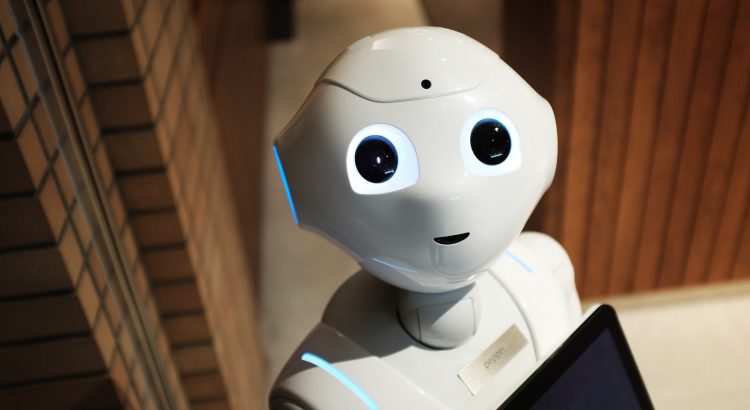The United Nations Disaster Risk Reduction (UNDRR) says that more than 700,000 people died due to disasters in the period of time between 2005 and 2014. In the United States alone, 2017 was the most expensive disaster year on record. The National Oceanic and Atmospheric Administration (NOAA) estimated that disasters resulted in more than $306 billion in damage. In light of these devastating statistics, it is becoming increasingly important for our government to leverage data and technology for better and faster disaster mitigation and relief.
This article shows four ways in which technology can help us respond better to disasters.
Robots can go where people cannot
Robotic technology can greatly improve our response to disasters. Aerial robots, including drones, can go where people cannot, or where the risk to the lives of first responders is high. This technology shows a lot of potential for transforming delivery of humanitarian aid. Organizations mandated with recovery efforts can utilize this advanced technology to map up the rescue terrain, increase situational awareness, and assess damage in real time. These ‘digital responders’ are lighter in weight, lower than cost, and are able to perform in life-threatening situations, dramatically increasing success of rescue efforts.
Technology can break barriers to connectivity
Basic connectivity is crucial in times of disaster. It connects victims of disasters to the resources they need to survive, as well as makes it possible for humanitarian organizations to promptly deliver life-saving info. A good example of this technology at work is Cisco’s Tactical Operations, also referred to as TacOps. This project uses the latest development in mobile networking to ensure connectivity during disasters. Over the last 15 years, the TacOps team has responded to over 40 disasters across all 6 continents, often providing connectivity faster than local providers and governments can. Take for example how lonely seniors within long-term care facilities were able to use facetime and zoom in order to feel connected to their loved ones amidst social distancing and global pandemic of coronavirus.
Mobile solutions can improve relief communications
Mobile technology, social media, and digital communities are technologies that can help organizations and governments communicate much more effectively to their beneficiaries. This kind of technology has been used to increase awareness amid the COVID-19 pandemic. The World Food Program (WFP) is tasked with assist tens of millions of people who are facing hunger. Effective data collection is very important for this organization to do its job. Through its mVAM program, the WFP is able to roll out more than 20,000 surveys each month. This allows them to gather the right information, save up to $5 million in annual costs, and reduce the time spent in survey collection by over 75 percent.
Big data can improve disaster response
Disasters create huge amounts of data, including medical, personal, geo-location and survivor tracking information. For many organizations and governments, managing this data can be a challenge. But when property collected and analyzed, this raw data can provide crucial info on what to prioritize during recovery efforts. A good example is RC View by the American Red Cross. This data visualization platform improves situational awareness by providing key data on shelter mapping, water levels, and road closures.
